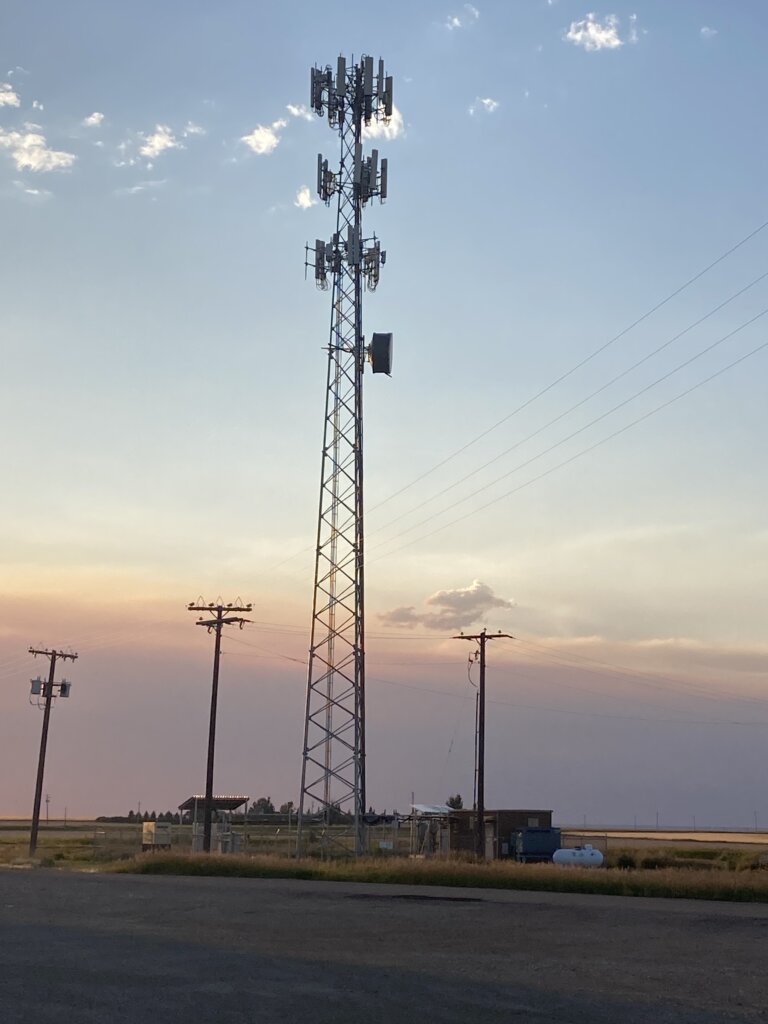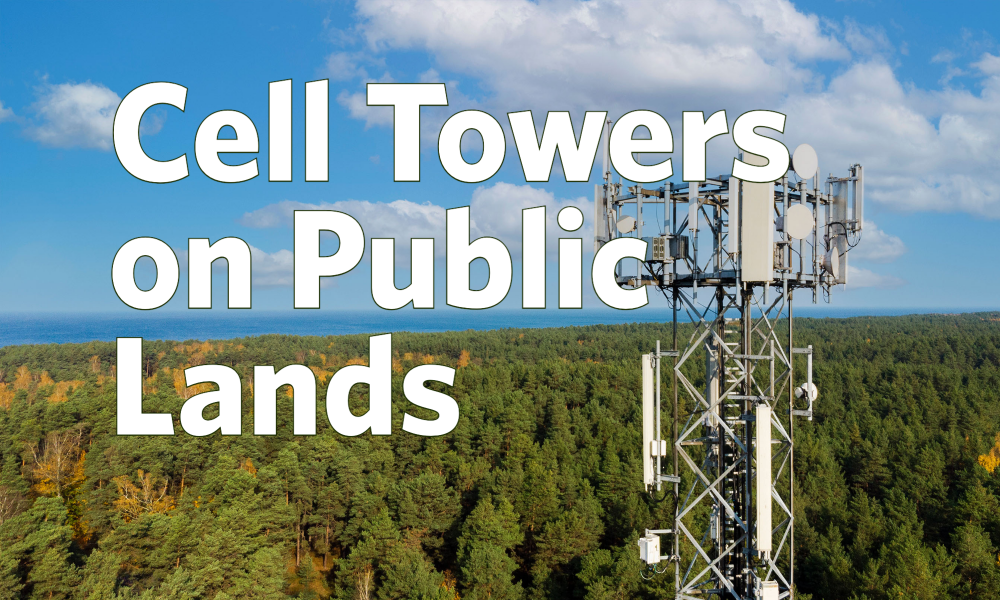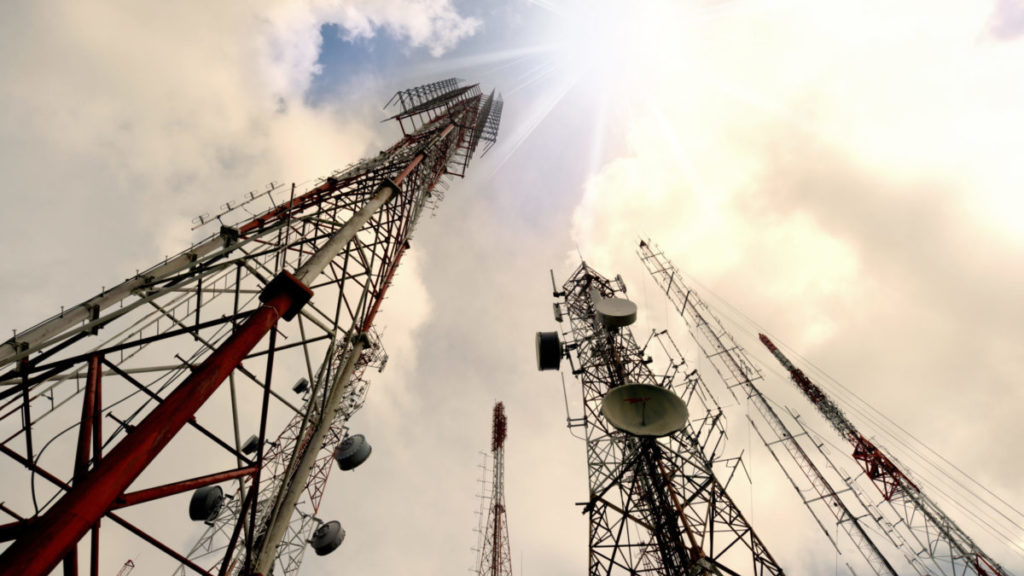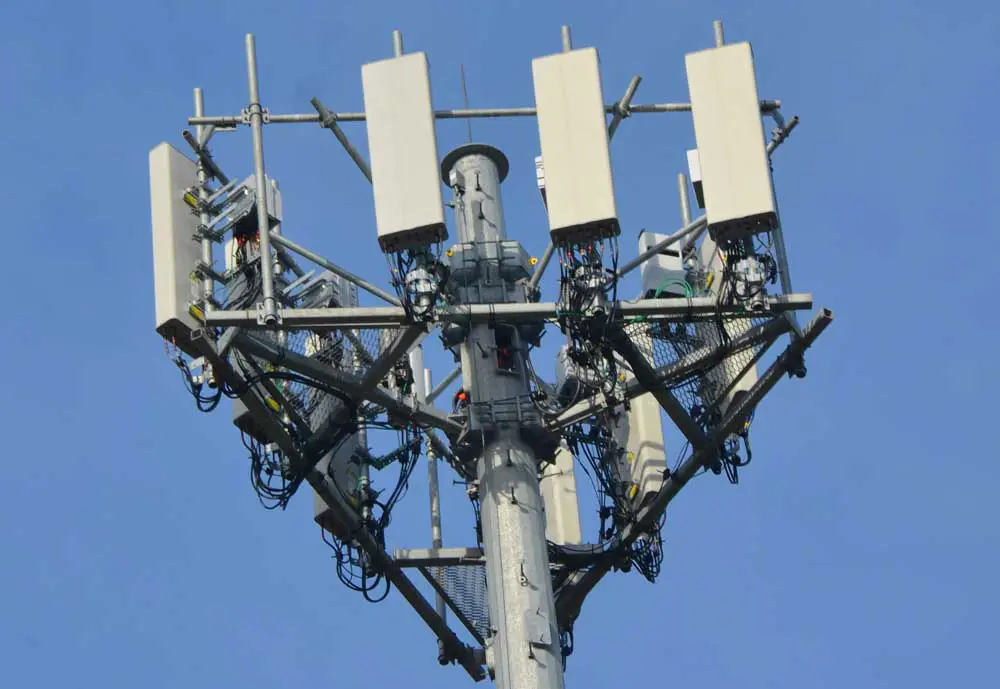Living Close To A Cell Tower

Imagine waking up to the gentle hum of birdsong, the sun dappling through the leaves of a towering oak tree, and in the corner of your eye, a cell tower standing sentinel against the morning sky. It’s a scene playing out in countless neighborhoods across the globe, as our insatiable demand for connectivity brings these technological giants closer to our homes.
This article delves into the multifaceted reality of living near a cell tower, exploring the concerns, the reassurances, and the everyday experiences of those who call these areas home. We'll navigate the scientific evidence, separating fact from fiction, and highlight the community perspectives that shape the narrative surrounding this ubiquitous infrastructure.
The Ubiquitous Neighbor: Understanding Cell Towers
Cell towers, or base stations, are essential components of our modern communication networks. They facilitate the wireless transmission of data, connecting us to the internet, our loved ones, and a world of information at our fingertips.
Their presence has become so commonplace that they often fade into the background, an accepted part of the urban and suburban landscape. But for some, the proximity of these towers raises questions and concerns about potential health effects and property values.
Health Concerns: Separating Fact from Fiction
The primary concern surrounding cell towers revolves around the radiofrequency (RF) radiation they emit. These waves are a form of non-ionizing radiation, meaning they lack the energy to directly damage DNA, unlike ionizing radiation such as X-rays.
Numerous studies have been conducted over decades to assess the potential health risks associated with RF exposure. Organizations like the World Health Organization (WHO) and the National Cancer Institute (NCI) have extensively reviewed the existing research.
According to the WHO, "To date, no adverse health effects have been established as being caused by mobile phone use or base stations." This statement reflects the consensus among many scientific bodies, emphasizing that the levels of RF radiation emitted by cell towers are generally considered safe for the general public.
“Considering the very low exposure levels and the research results collected to date, there is no convincing scientific evidence that the weak RF signals from base stations and wireless networks cause adverse health effects.” – World Health Organization
However, this doesn't mean the debate is entirely settled. Some individuals report experiencing symptoms like headaches, sleep disturbances, and fatigue, which they attribute to RF exposure, often referred to as electromagnetic hypersensitivity (EHS). The WHO acknowledges that EHS is a real phenomenon but notes that it is not linked to RF exposure.
The anxiety and stress associated with living near a cell tower can contribute to these reported symptoms. Further research is ongoing to better understand the potential long-term effects of RF exposure and the experiences of those who believe they are sensitive to it.
Property Values: A Tangible Concern
Beyond health concerns, the potential impact on property values is another common worry for those living near cell towers. The perception of risk, whether justified or not, can influence buyer behavior and potentially affect the market value of homes.
Studies on the relationship between cell towers and property values have yielded mixed results. Some studies have found no significant impact, while others have reported a slight decrease in value for properties located very close to a tower.
The specific impact often depends on various factors, including the aesthetics of the tower, the visibility of the tower from the property, and the overall desirability of the neighborhood. Open communication and transparent information from telecommunication companies can help address community concerns and potentially mitigate any negative impact on property values.
Living the Experience: Stories from the Neighborhood
To truly understand the reality of living near a cell tower, it's essential to hear from the people who experience it firsthand. Sarah, a resident of a suburban community, lives a few blocks away from a cell tower disguised as a flagpole.
“Initially, I was concerned,” she admits. “I did a lot of research and spoke with local officials. Eventually, I came to the conclusion that the risk was minimal, and I've learned to accept it. Honestly, I barely notice it anymore."
For others, the experience is different. John, who lives directly across from a cell tower, reports feeling anxious about the potential health effects on his children. "I try not to worry about it too much, but it's always in the back of my mind," he says. He advocates for stricter regulations and greater transparency from telecommunication companies.
These diverse perspectives highlight the range of experiences and emotions associated with living near cell towers. Open dialogue and community engagement are crucial for addressing concerns and fostering a sense of understanding and shared responsibility.
Navigating the Landscape: Mitigation and Transparency
Telecommunication companies are increasingly aware of community concerns and are taking steps to mitigate the visual impact of cell towers. Camouflaging towers as trees, flagpoles, or even architectural features is becoming increasingly common.
Furthermore, transparent communication and community outreach are essential for building trust and addressing concerns. Providing clear and accessible information about RF emissions, safety regulations, and planned infrastructure developments can help alleviate anxieties and foster a more informed dialogue.
Local governments also play a crucial role in regulating the placement of cell towers and ensuring compliance with safety standards. Zoning regulations, public hearings, and community advisory boards can provide avenues for residents to voice their concerns and participate in the decision-making process.
Looking Ahead: Connectivity and Community
As our reliance on wireless technology continues to grow, cell towers will remain an integral part of our landscape. Balancing the need for connectivity with community concerns is a complex challenge that requires collaboration, transparency, and a commitment to evidence-based decision-making.
By fostering open dialogue, promoting scientific literacy, and embracing innovative solutions, we can navigate the challenges and harness the benefits of this technology while ensuring the well-being of our communities. Living near a cell tower doesn't have to be a source of anxiety.
It can be an opportunity to engage in informed discussions, promote responsible development, and create a future where technology and community thrive in harmony. Understanding the science, acknowledging the concerns, and engaging in constructive dialogue are key to navigating this complex landscape and building a more connected and informed future for all.


















